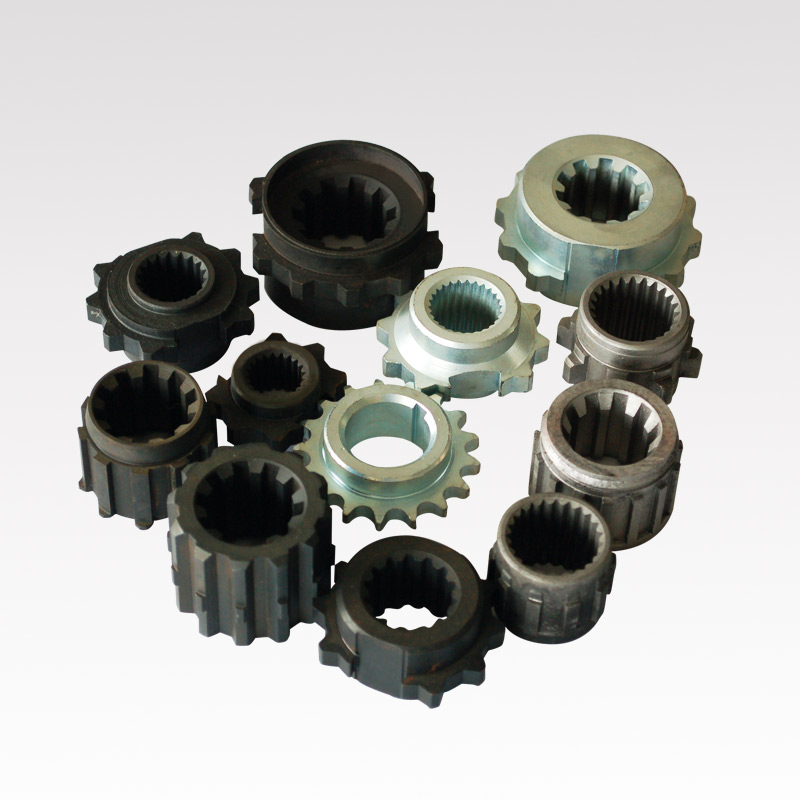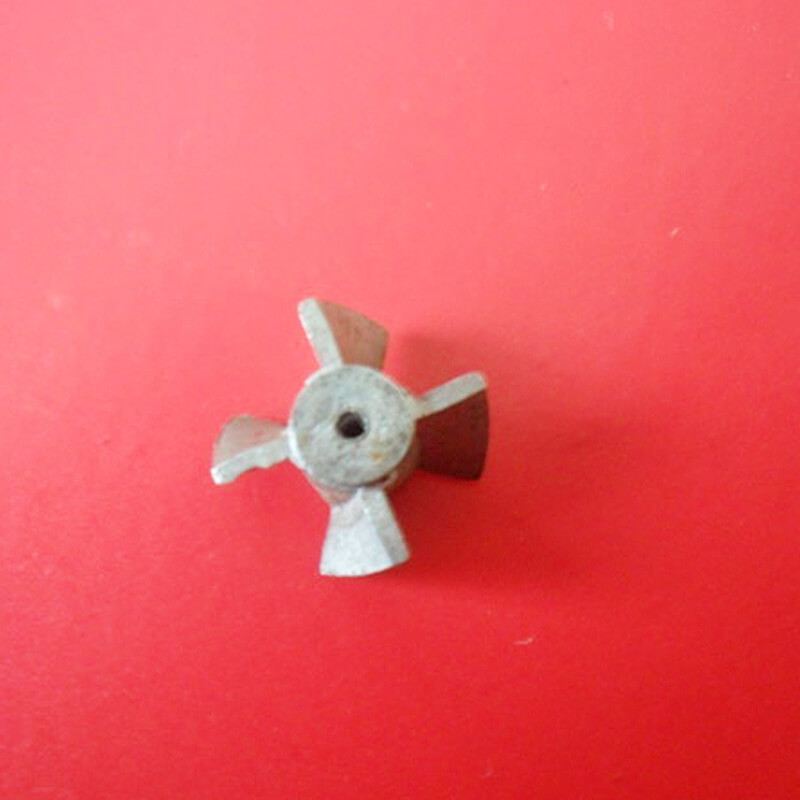Sintered Powder Metal Gears mainly uses metal powder as a raw material, which can be transformed into the shape we need through a certain processing technology. This processing technology is very similar to the production of ceramics. Therefore, a series of powder metallurgy technologies can also be used for the preparation and production of ceramic materials. This article will specifically introduce the relevant knowledge of the powder metallurgy process and understand the advantages and disadvantages of the powder metallurgy process.
1. Advantages of powder metallurgy process
1. Special materials can be processed. Material powder metallurgy can produce refractory metals and compounds, pseudo-alloys, and porous materials.
2. Save metal and reduce costs. Because powder metallurgy can be pressed into final size compacts, no mechanical processing is required. The loss of metal produced by this method is only 1-5%, while the general processing will consume 80% of the metal.
3. Preparation of high-purity materials. The powder metallurgy process does not melt the material during the material production process, and it will not be mixed with impurities brought by other substances, and the sintering is carried out in a vacuum and reducing atmosphere, which is not afraid of oxidation and will not pollute the material. Therefore, the purity of the product is relatively high.
4. The correctness of material distribution. The powder metallurgy method can ensure the correctness and uniformity of the material composition in the proportioning.
5. Mass production reduces costs. Powder metallurgy is suitable for the production of products with a large number of uniform shapes, such as gears and other products with higher processing costs, and it can greatly reduce production costs.

2. Disadvantages of powder metallurgy process
1. The strength and toughness of powder metallurgy products are poor. Since the internal pores of the compact formed by powder compaction cannot be completely eliminated, the strength and toughness of powder metallurgy products are inferior to castings and forgings of the corresponding composition.
2. Powder metallurgy cannot be made into large-scale products. Since the fluidity of metal powder is worse than that of molten metal, its shape and size will be subject to certain restrictions, and the weight will not exceed 10 kg.
3. The cost of die is higher. Due to the high cost of stamper manufacturing, it is only suitable for use in mass production.
3. The development of powder metallurgy products
1. High-quality structural parts: iron-based alloys are representative of powder metallurgy, which will develop into large-volume precision products and high-quality structural parts.
2. High-performance alloys: powder metallurgy manufactures high-performance alloys with uniform microstructure, difficult to process and completely dense.
3. Mixed-phase special alloys: Powder metallurgy uses the enhanced densification process to produce special alloys that generally contain mixed-phase compositions.
4. Composite parts: processing unique and non-general composite parts and components.

 English
English 简体中文
简体中文






